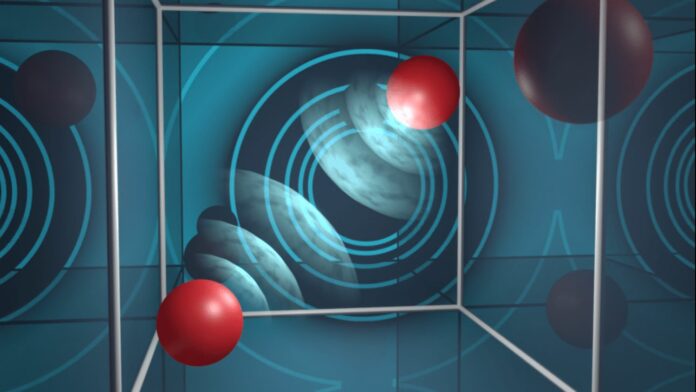A crucial step toward understanding how elements are produced within stars is predicting how atomic nuclei, or groups of protons and neutrons together, combine to form more giant compound nuclei.
Physicists simulate these systems using numerical lattices since observing the necessary nuclear interactions experimentally is very difficult. Scientists can determine the characteristics of a nucleus formed from these particles by computing the parameters of the finite lattice, which is effectively an imaginary cage around a set of nucleons in these numerical simulations.
However, there hasn’t yet been a method for these models to anticipate the characteristics that control low-energy reactions involving charged clusters of many protons. This is significant because, among other things, these low-energy processes are essential to producing elements in stars.
The electromagnetic repulsion between protons is a significant factor in the overall structure and dynamics of the nucleus, even though the “strong nuclear force” holds protons and neutrons together in atomic nuclei. This force is incredibly intense at the lowest energies, where many significant processes occur that synthesize the elements that make up the world we know. However, the theory needs help to predict these interactions.
A novel approach to modeling low-energy nuclear reactions—essential to creating elements inside stars—is made possible by recent research from North Carolina State University and Michigan State University. The work establishes the foundation for computing nucleon interactions in the presence of electrical charges.
Their approach looks at the end result of the reactions within a lattice – the compound nuclei – and then backtracks to discover the properties and energies involved in the response.
Sebastian König, assistant professor of physics at NC State and corresponding author of the research, said, “We aren’t calculating the reactions themselves; rather, we’re looking at the structure of the end product. As we change the size of the ‘box,’ the simulations and results will also change. From this information, we can extract parameters determining what happens when these charged particles interact.”
Hang Yu, graduate student at NC State and first author of the work, said, “The derivation of the formula was unexpectedly challenging, but the final result is quite beautiful and has important applications.”
From this information, scientists created a formula and tested it against benchmark calculations. Scientists evaluated these through traditional methods to ensure the results were accurate and ready to be used in future applications.
König says, “This is the background work that tells us how to analyze a simulation to extract the data we need to improve predictions for nuclear reactions. The cosmos is enormous, but to understand it, you have to look at its tiniest components. That’s what we’re doing here – focusing on the small details to better inform our analysis of the bigger picture.”
Journal Reference:
- Hang Yu, Sebastian König, and Dean Lee. Charged-Particle Bound States in Periodic Boxes. Phys. Rev. Lett. DOI: 10.1103/PhysRevLett.131.212502
